Introduction to the flavor and taste of washed Kadura coffee in Hailaila Garden, Antioquia, Colombia
For professional baristas, please follow the coffee workshop (Wechat official account qianjiecoffee)
Columbia Antioquia La Herrera Washed
Washing of Hailera Manor, Antioquia, Colombia
Antioquia's Best Cup "Best drink"
Variety: Caturra Kaddura species
Production area: Columbia Antioquia Antioquia, Colombia
Management: Washed traditional washing treatment
Class: SHB extra hard beans-Antioquia Best cup-Micro Lot
Altitude: 1800 m
Manor: La Herrera Herrera Manor
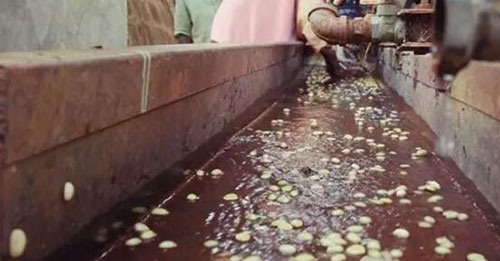
Flavor description:
Light flowers, white grape juice, sweet honey, cream, fruit fudge, sweet orange notes, smooth taste and thick sweetness
In recent years, the Best Cup "Best Cup" series has been organized by Colombian exporter Banexport and American bean manufacturer Cafe Imports in several major Colombian producing areas (Cauca, Antioquia, Huila, etc.), so that small farms that do not produce enough to participate in CoE can also be in direct contact with buyers. First, samples of raw coffee beans are collected by Banexport, and then tested by buyers' cups around the world for finals and auctions. The final bid price of the champion batch is also very high. In addition to allowing producers to receive income directly according to quality, such competitions also enhance the diversity of coffee quality through such activities.
Antioquia's Best Cup Antioquia's Best Cup is a local government-sponsored event to showcase the best coffee in the region. The event is a symbol of Antioquia's efforts to educate citizens, reduce violence and promote economic prosperity. In the best cup test competition, coffee buyers from all over the world are invited to taste 60 varieties of Antioquian coffee in the form of cup test and bid at auction. The highest bidder has a chance to meet the coffee producer.
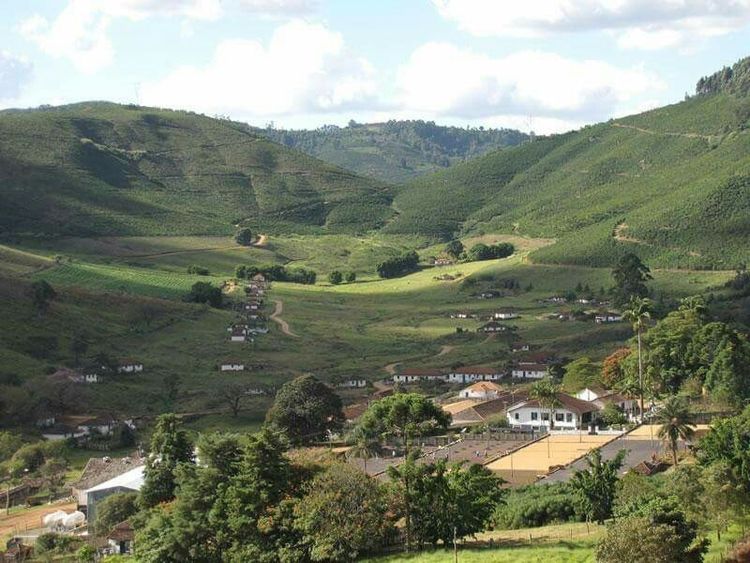
Western Colombia is the Andes, divided into three parts: the western, central and eastern mountains. The main producing areas are Huila (San Augustin), Narino, Tolima, Popayan (Cauca), Valle de Cauca, Meta, Antioquia (Medellin), Magdelena (Sierra Nevada), Boyaca, Santander (Bucaramanga) and so on.
Of the coffee trees grown in Colombia, 66% are grown in modern plantations and the rest in small, traditionally run farms. The main varieties include Kaddura Caturra, Colombian Colombia, Tibica Tipica, bourbon Bourbon, elephant bean Maragogype, and Tabi. Farms and cooperatives across the country, large and small, run by more than 500000 farmers, are distributed in the country's 590 municipalities and 14 major coffee-producing areas, with a total of 2 million Colombians dependent on coffee cultivation for their livelihood.
Antioquia Antioquia province, located in north-central Colombia, has 126000 hectares of coffee and produces 2000000 bags of coffee beans, accounting for 18% of Colombia's production, second only to the province of Villa (Huila).
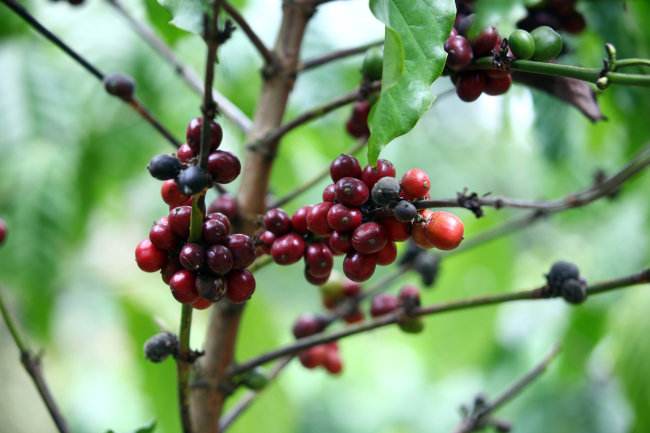
Most of the province is alpine terrain belonging to the Andes, but it is blown by the warm Caribbean sea breeze. Medellin Medellin, the provincial capital, is the second largest city in Colombia and an important coffee producing area in Colombia. There are many small farmers in this producing area, and the fine coffee beans produced in micro batches are full of flavor in the producing area. In recent years, with the attention to the quality of coffee and the demand for fine coffee in the international market, production in micro-producing areas should be transported and is born, and small-scale coffee farmers are organized to provide micro-batches mainly Micro-Regional Selections, and dozens of small farmers provide their unit harvest into a micro-batch to sell, quality control will be better, so they will have the opportunity to select many high-quality small-scale farmers' coffee in specific micro-producing areas through each batch cup test. Its coffee flavor is more lively, with fresh aromas of ripe fruit and caramel, and the combination of sour taste and sweet taste is well balanced.
Important Notice :
前街咖啡 FrontStreet Coffee has moved to new addredd:
FrontStreet Coffee Address: 315,Donghua East Road,GuangZhou
Tel:020 38364473
- Prev
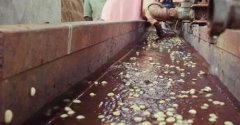
MDLS Manor in Colombia details how MDLS Manor improves the quality of coffee beans.
MDLS this manor, not only comprehensive, environmentally friendly manor, the point is: she is really fragrant, the taste is very rich. MDLS Manor is located in Bucaramanga, Colombia, is more than 130 years old manor, elevation up to 1700 meters, the full name of the manor is: farm of Mesa de los Santos English meaning Table of the Saints, founder: Fou
- Next
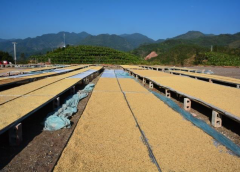
An introduction to the History of Coffee Flavor in Kogui Kogi Manor (Xuefeng Manor) in Colombia
Columbia Kogi Manor (Xuefeng Manor) "Kogui" can also be used as "Kogi" or "Cogui", which means "Jaguar" in Kogi. The Kogi people originated from American Indian peoples and lived in Sierra Nevada, Santa Marta, in the Sierra Nevada Mountains of Colombia, with a civilization dating back to pre-Columbian times. The Kogi people and their
Related
- Does Rose Summer choose Blue, Green or Red? Detailed explanation of Rose Summer Coffee plots and Classification in Panamanian Jade Manor
- What is the difference between the origin, producing area, processing plant, cooperative and manor of coffee beans?
- How fine does the espresso powder fit? how to grind the espresso?
- Sca coffee roasting degree color card coffee roasting degree 8 roasting color values what do you mean?
- The practice of lattes: how to make lattes at home
- Introduction to Indonesian Fine Coffee beans-- Java Coffee producing area of Indonesian Arabica Coffee
- How much will the flavor of light and medium roasted rose summer be expressed? What baking level is rose summer suitable for?
- Introduction to the characteristics of washing, sun-drying or wet-planing coffee commonly used in Mantenin, Indonesia
- Price characteristics of Arabica Coffee Bean Starbucks introduction to Manning Coffee Bean Taste producing area Variety Manor
- What is the authentic Yega flavor? What are the flavor characteristics of the really excellent Yejasuffi coffee beans?

